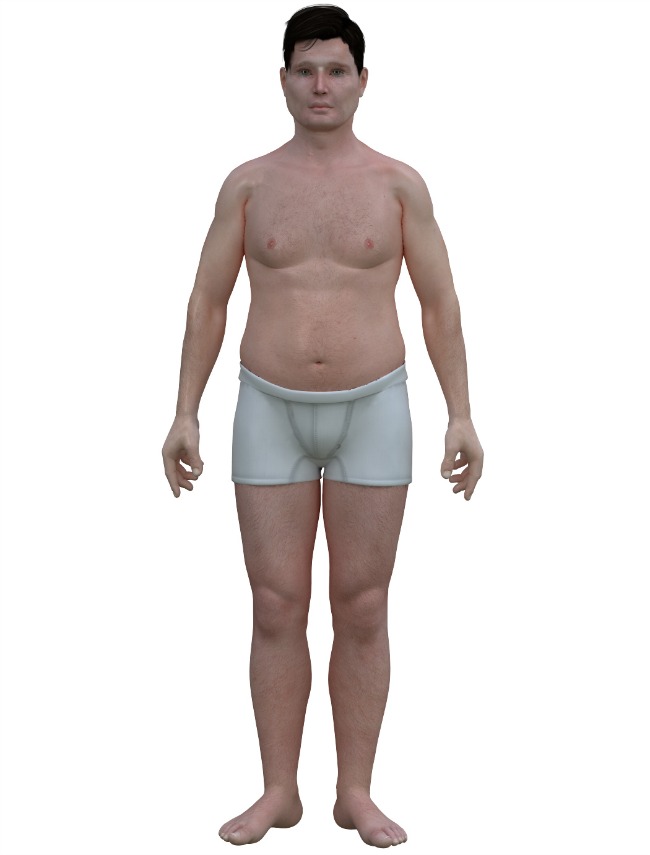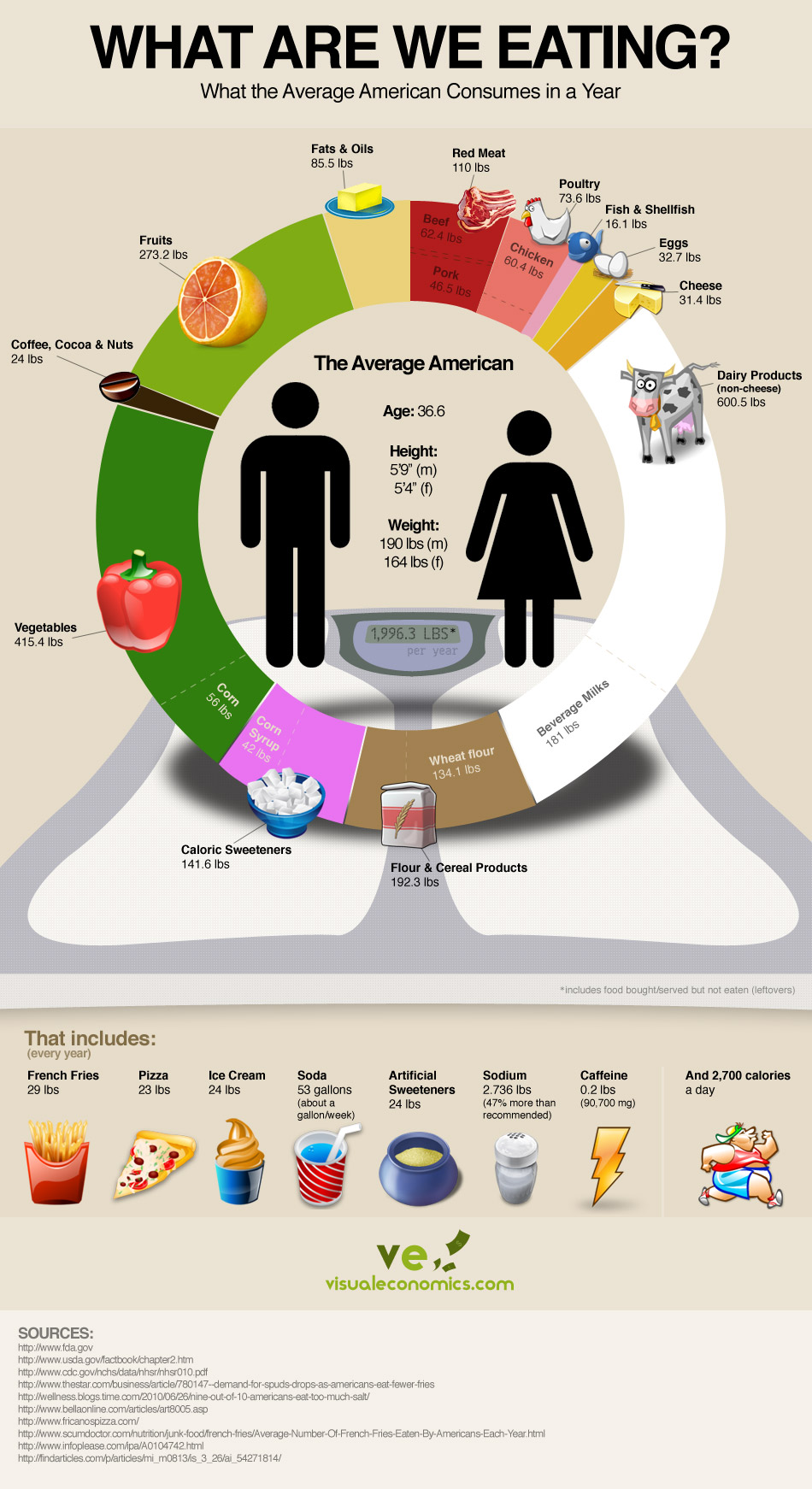There’s no such thing as normal. But average is another cup of tea entirely. Using huge sets of available data, researchers have calculated the statistics for the average American 30-something male.
He’s 5′ 9″ tall and has a 39″ waist. His body mass index (BMI) is 29, just one short of the medical definition of obese. Based on the data, here’s what this average American male looks like:
It’s no secret that the average American male is becoming increasingly round. Just 50 years ago, the obesity rate for men was just over 10%. Now, the obesity rate is around 30%. Yikes.
Of course, the average American male isn’t alone in the world. He has some buddies from other countries. Here’s what they look like and how they measure up:
From left to right, it’s the US, Japan, Netherlands and France.
In Japan, the average BMI is 23.7. In the Netherlands, it’s 25.2. In France, 25.55.
The average American male, especially when compared to his counterparts, can serve as a reminder about the importance of exercise and nutrition. And who wants to be average, anyway? By moving more and eating smarter, you can certainly beat average - and dramatically improve the quality of your life.
What do you think of the average American male?












